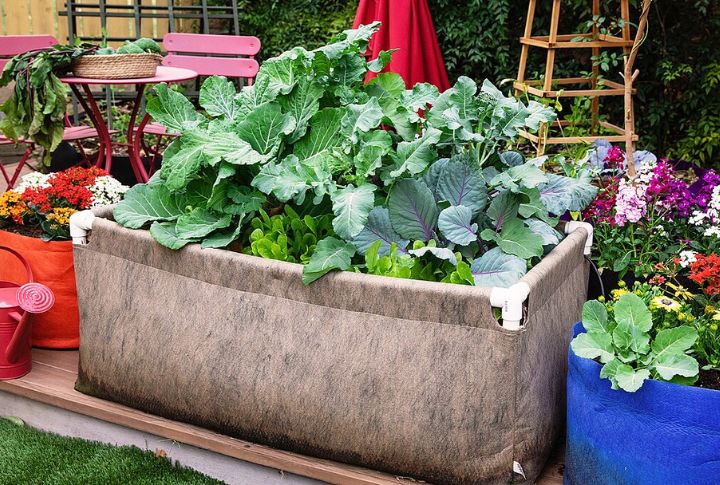
Gardeners often assume any vegetable will thrive in a raised bed, but that’s rarely the case. Certain crops adapt beautifully, while others don’t. If you’re planning your next harvest, it pays to know which vegetables will truly deliver results in that setup. Let’s start with raised-bed-friendly ones.
Lettuce
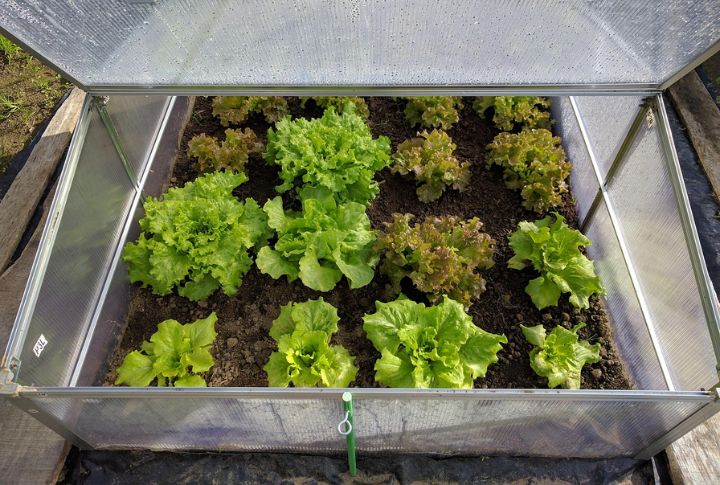
In just 30 days, lettuce can go from seed to salad-ready, thanks to its love for cool temperatures and shallow, loose soil. Since it doesn’t need deep roots, it stays compact and thrives in raised beds as a space-saving crop.
Carrots
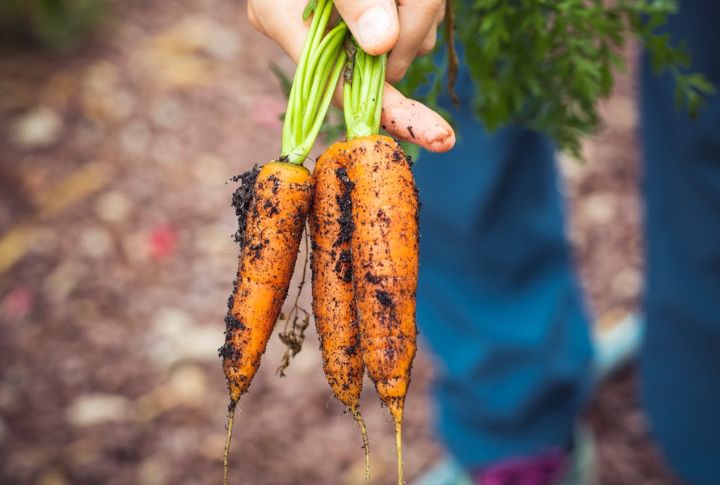
Rock-free and well-draining soil is key for carrots, and raised beds deliver exactly that. With the right setup, heirloom varieties grow straight and smooth, while the controlled depth helps prevent deformities often seen in denser ground soil.
Radishes
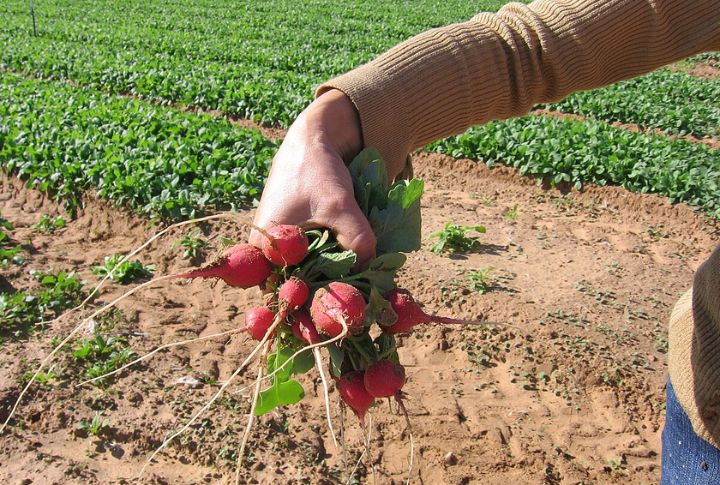
You’ll barely wait a month for radishes to mature, and raised beds make the harvest a breeze. These plants don’t demand much space or depth and offer an eye-catching selection of shapes, from globe to icicle.
Spinach
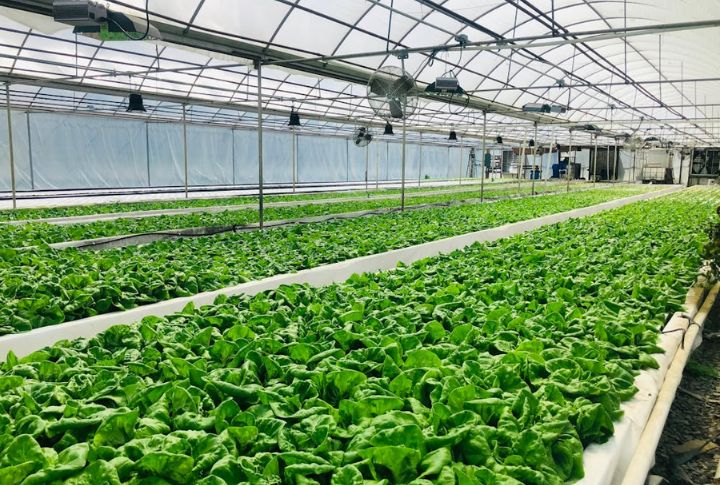
Cool seasons suit spinach well, especially when planted in slightly alkaline, nutrient-rich soil that drains properly. The raised beds also support tight spacing, helping you regrow and replant easily across multiple harvests without risking root rot.
Beets
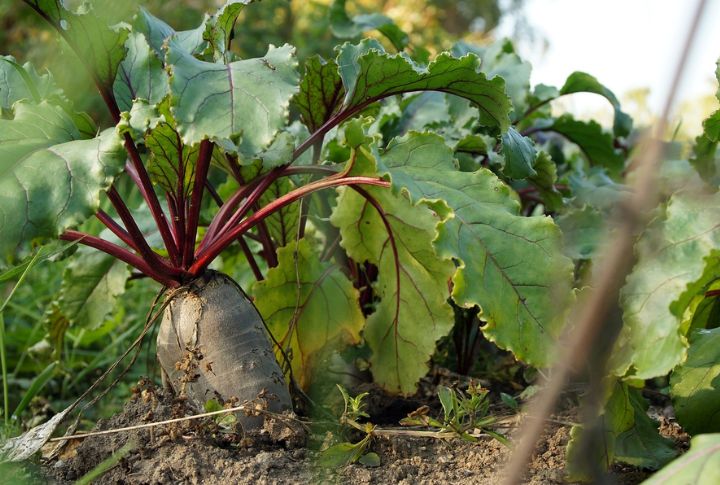
Thanks to their shallow root needs and love for soft soil, beets are an ideal raised bed veggie. Not only are their tops packed with nutrients, but they also tolerate frost and come in bold colors that liven up any garden.
Kale
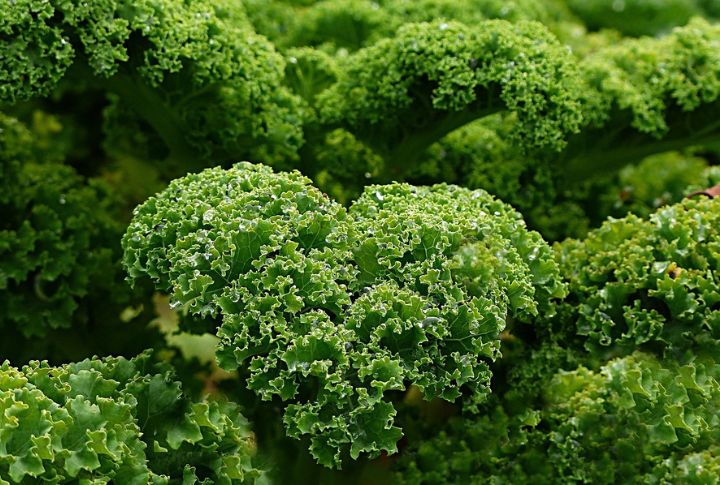
With enough space for air to move and roots to settle into rich, moist soil, kale grows strong in raised beds. Early harvests are possible in just 25 days, and plants can survive into the colder months with minimal pest trouble.
Swiss Chard
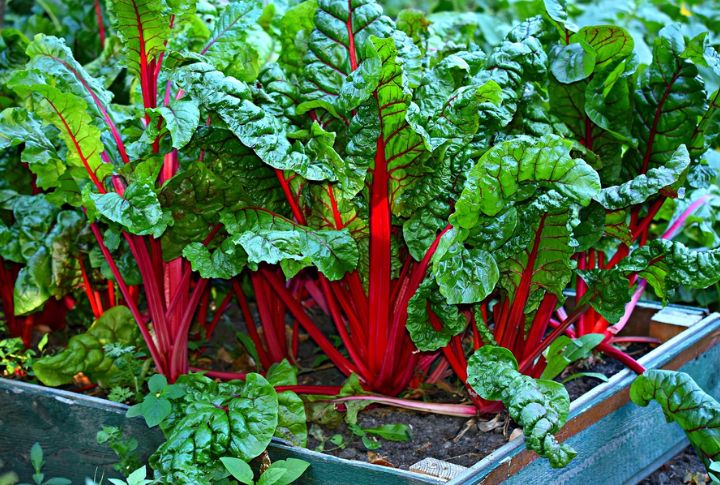
Colorful and edible, rainbow chard doubles as a garden showpiece and a steady grower in compact raised beds. It doesn’t mind the heat like other greens and regrows after cutting as long as the soil stays moderately deep and well-drained.
Garlic
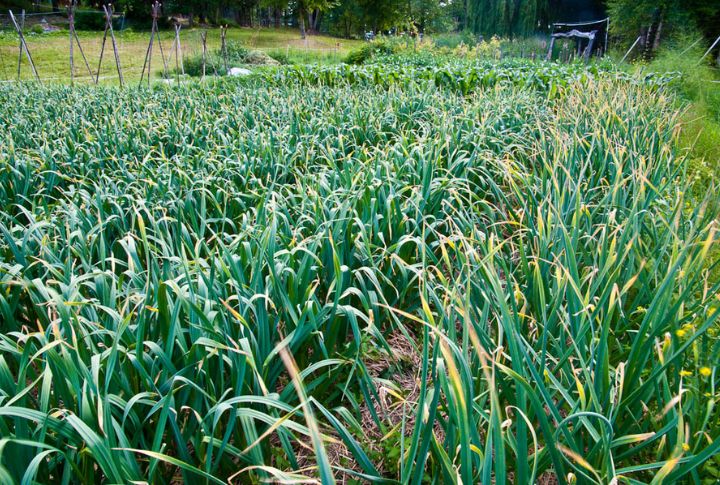
Garlic grows best in loose, well-drained soil that helps bulbs survive the winter and avoid rot, which makes raised beds a smart option. Planted in fall and harvested by summer, garlic also offers tasty scapes and naturally keeps pests away without needing much extra care.
Peas
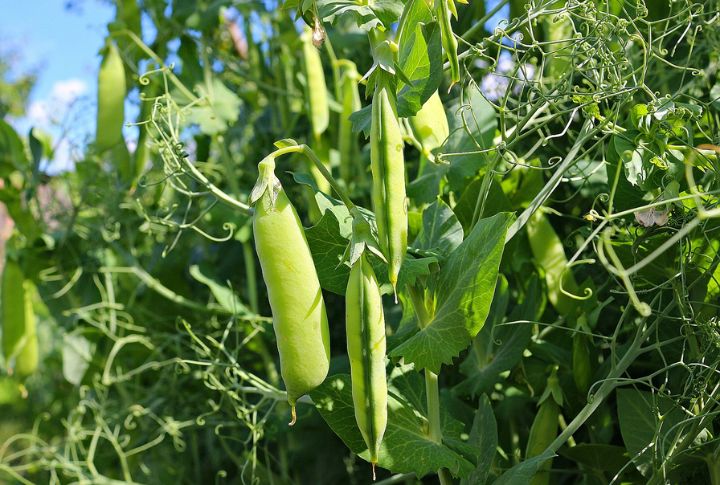
Trellises work wonders for peas in shallow raised beds, especially when spring soil warms faster than in-ground plots. These vegetables enrich the soil by fixing nitrogen and come in fun varieties that are easy for beginners or kids to grow successfully.
Bush Beans

Fast-growing and low-maintenance, bush beans are ideal for raised beds that heat up early in the season. Shallow-rooted and self-supporting, they don’t need trellising and even improve the soil by restoring nitrogen while offering regular harvests over time.
All of the previously mentioned vegetables thrive in raised beds and enjoy loose soil, excellent drainage, and compact growing conditions that boost productivity. But not all crops play by those rules—read on to see which ones are better off planted directly in the ground.
Corn
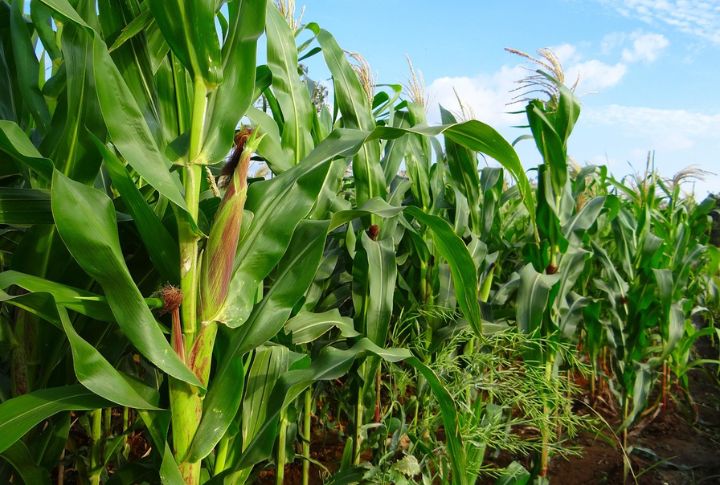
Corn struggles in raised beds due to its need for deep roots and space for block-style planting. It also needs reliable wind-pollination. Tall stalks can shade nearby plants, and as heavy feeders, they drain nutrients quickly, making in-ground plots a much better fit.
Pumpkins
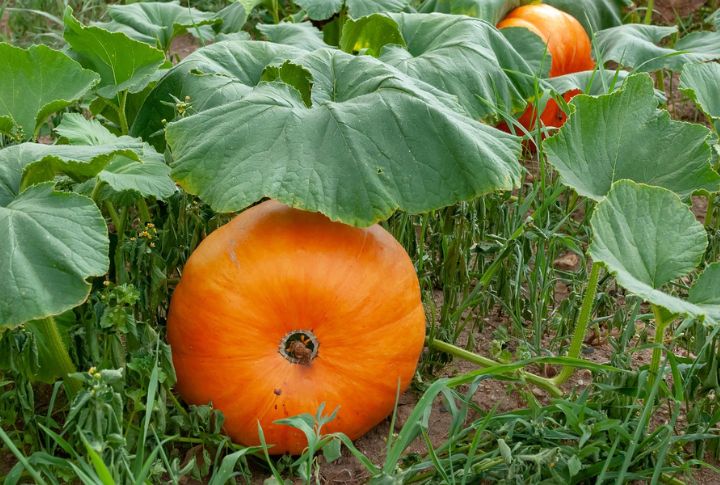
Sprawling vines make pumpkins a poor choice for raised beds. With some growing up to 20 feet and producing heavy fruit that can strain or break stems, they also need rich soil and space to prevent issues like mildew in tight spaces.
Watermelons
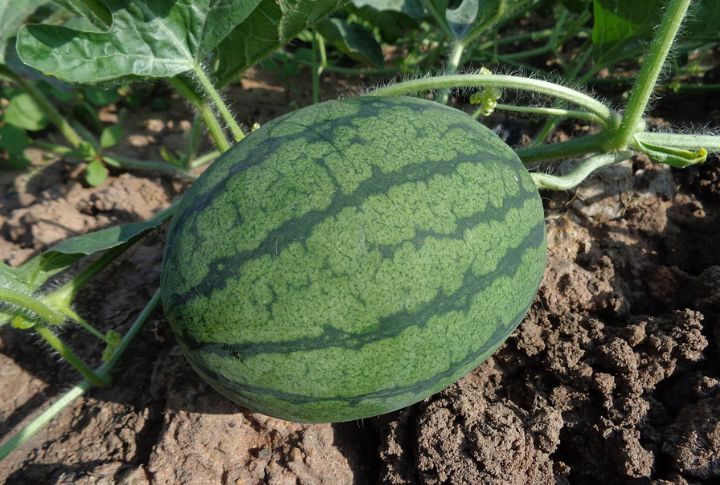
Raised beds can’t support the weight and reach of watermelon vines, which need full sun and lots of room to spread. Managing moisture is tricky up high, and neighboring plants can get overwhelmed by the watermelon’s aggressive growth.
Sweet Potatoes

Sweet potatoes need over a foot of sandy, well-drained soil for proper tuber growth. Their vines spread underground and above, and raised beds dry out too fast, often leaving them root-bound or underdeveloped unless you have an unusually deep setup.
Cabbage
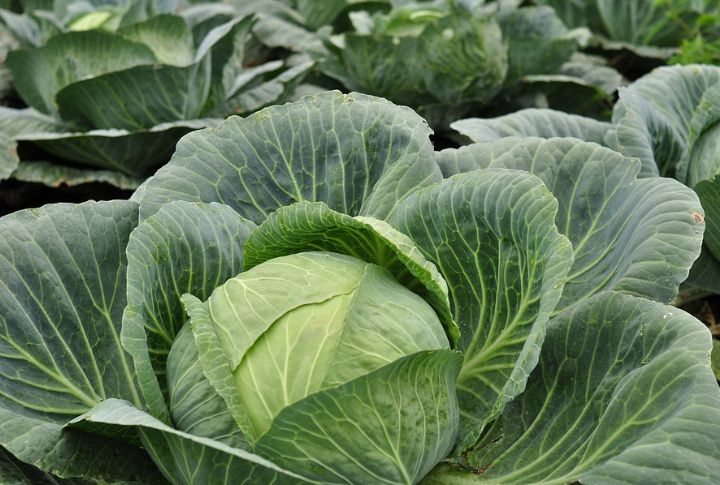
With broad, heavy heads and an appetite for nutrients, cabbage takes up far more space than a raised bed comfortably offers. In crowded setups, they invite pests and can smother nearby crops while struggling to form solid heads in loose soil.
Okra
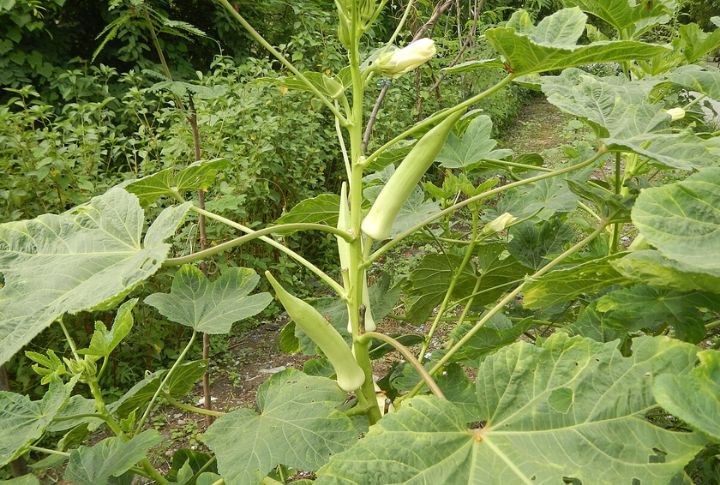
Okra prefers firm, sun-warmed ground that raised beds don’t always deliver. Its tall stalks can shade out neighboring crops, and in loose soil, the plants may topple over while attracting pests like aphids and beetles in crowded growing spaces.
Brussels Sprouts
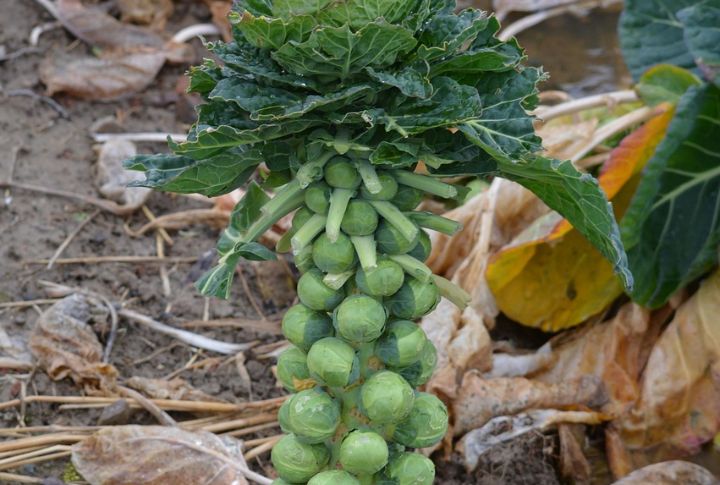
Slow-growing and space-hungry, Brussels sprouts tie up raised bed real estate for 90–120 days. They require steady airflow and deep soil to avoid pests and mold, so the open ground is a better option for growing healthy, pest-resistant stalks.
Rutabagas
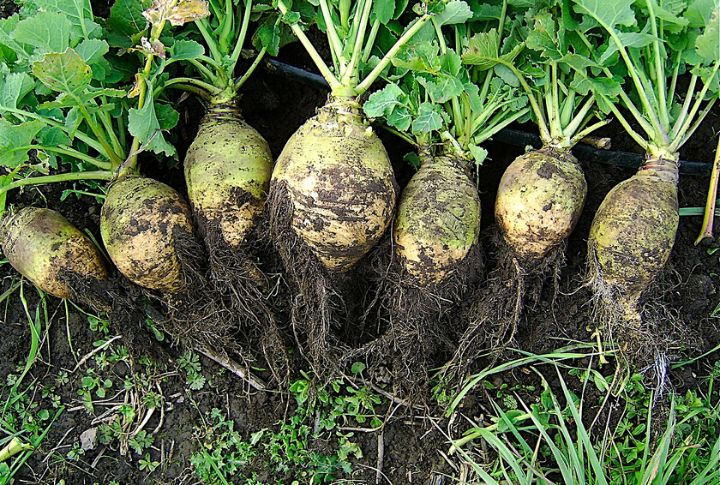
Rutabagas form best in firm ground, and raised beds are usually too loose to shape solid bulbs. They need cold snaps to develop sweetness, and their tall leaves can spill over bed edges while struggling with moisture inconsistency and root splitting.
Parsnips
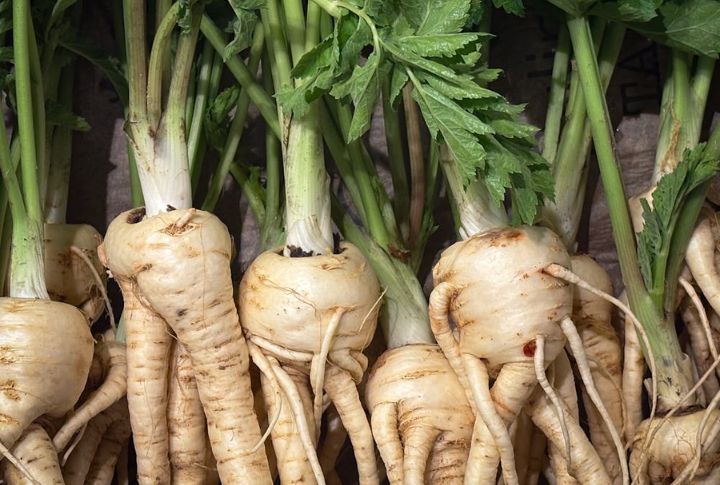
Parsnips don’t do well in fluffy, shallow raised beds where their long roots fork and twist. They need 10–12 inches of compact, stable soil and a long season with cold weather to fully sweeten, which makes traditional ground planting the smarter choice.
Turnips

This veggie suffers when the soil dries too fast, making raised beds less ideal. They crack with moisture swings, attract flea beetles in dry conditions, and bolt quickly if temperatures climb—plus, both the root and leaves require space that beds can’t always offer.

